Pope Francis arrives in Mongolia
Pope Francis has arrived in Mongolia‘s capital, Ulaanbaatar, effectively kicking off his 43 international Apostolic Journey that ends on 4 September

The ITA Airways flight carrying Pope Francis to Mongolia, a “land of silence”, he said chatting to journalists on board the plane after take-off on Thursday evening, “a land so vast, so big. It will help us understand what it means: not intellectually but with the senses“, landed shortly before 10 am local time.
The Pope was welcomed at Ulaanbaatar‘s international Chinggis Khaan airport by Monsignor Fernando Duarte Barros Reis, Chargé d‘affaires at Mongolia‘s Apostolic Nunciature, and by the Ambassador of Mongolia to the Holy See, Ms Davaasuren Gerelmaa, and then by Church and government delegations, awaiting him on the tarmac.
The Mongolian State Honour Guard proudly held rank in their red, blue and yellow uniforms and iron helmets that recall Mongolian warriors of ancient history.
During a brief welcome ceremony at the airport, a young Mongolian woman in traditional dress offered the Pope a cup containing “Aaruul“ – boiled yoghurt – made from the milk of cattle, yaks and camels, and symbolizing the nomadic culture of the Mongolian people as it one of their most common travel provisions.
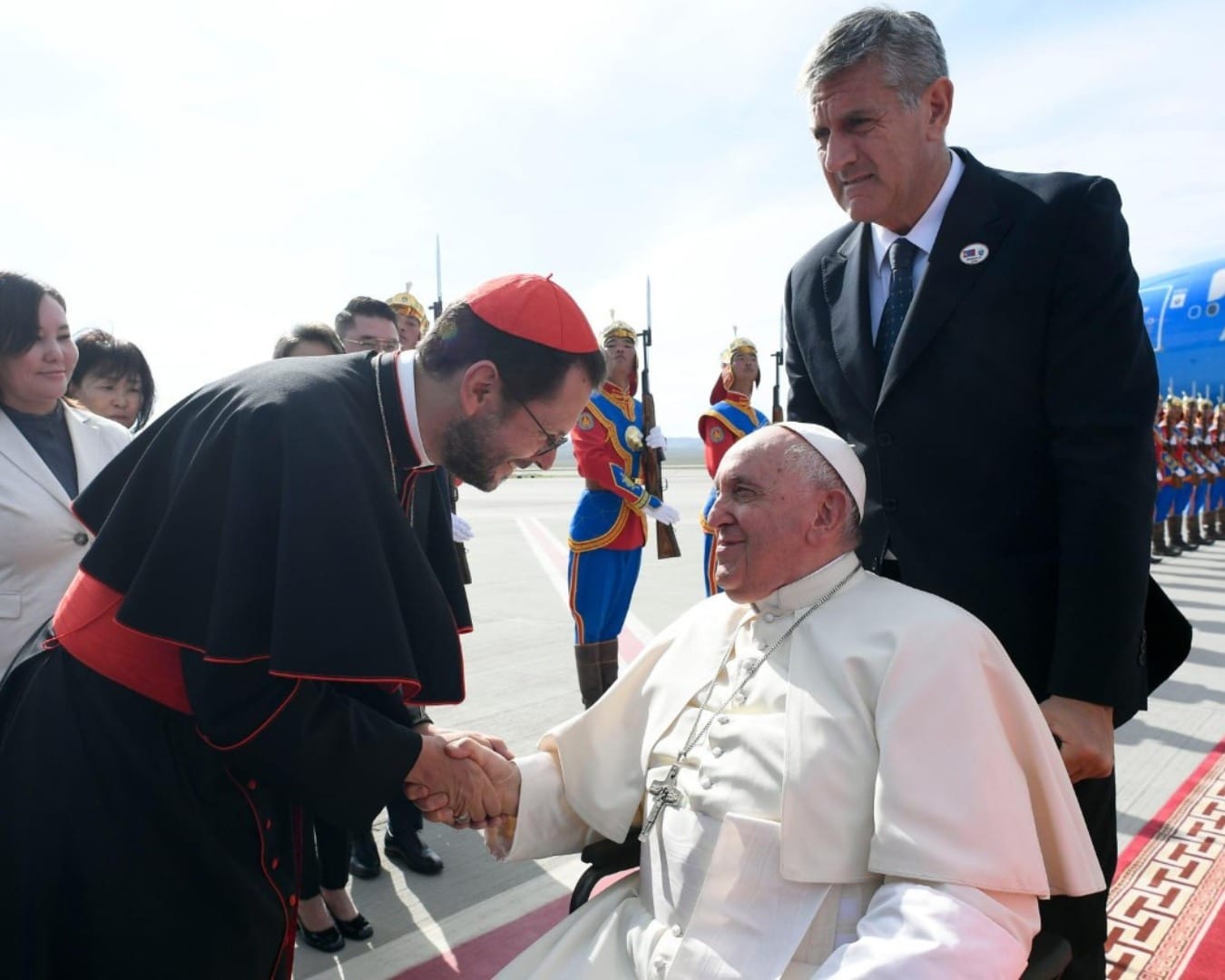 Pope Francis graciously accepted the cup and took a big bite of curd.
Pope Francis graciously accepted the cup and took a big bite of curd.
The Pope is scheduled to rest on Friday after the long flight. His official meetings and events begin on Saturday morning.
Related
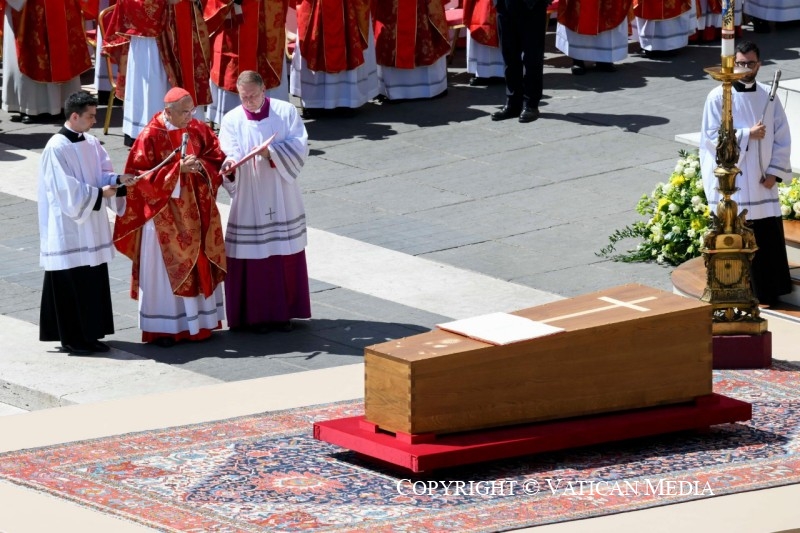
Mercy and the joy of the Gospel are two key concepts of Pope Francis
Exaudi Staff
26 April, 2025
9 min

Thousands of faithful bid farewell to Pope Francis in St. Peter’s Square
Exaudi Staff
26 April, 2025
2 min
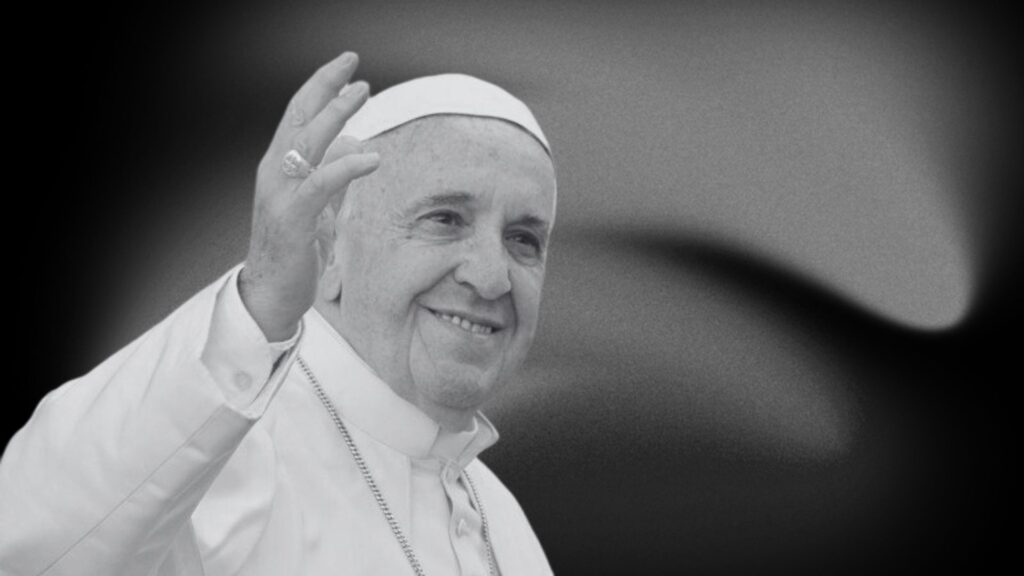
Saying Goodbye to Francis
Exaudi Staff
26 April, 2025
2 min
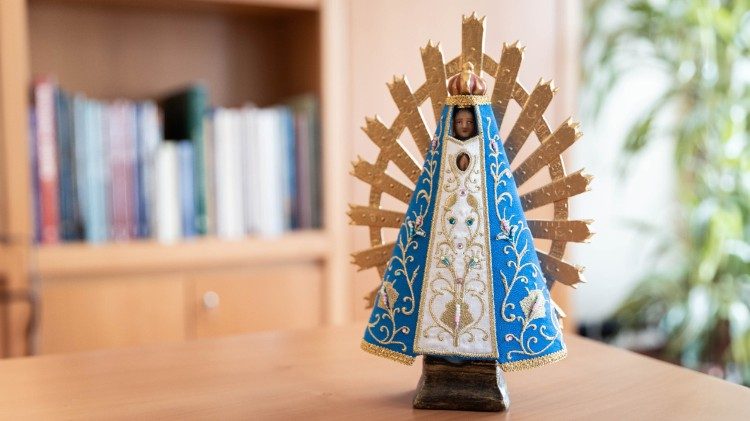
Pope Francis Gifts a Statue of Our Lady of Luján to Gemelli and the Catholic University of the Sacred Heart
Exaudi Staff
25 April, 2025
2 min
 (EN)
(EN)
 (ES)
(ES)
 (IT)
(IT)


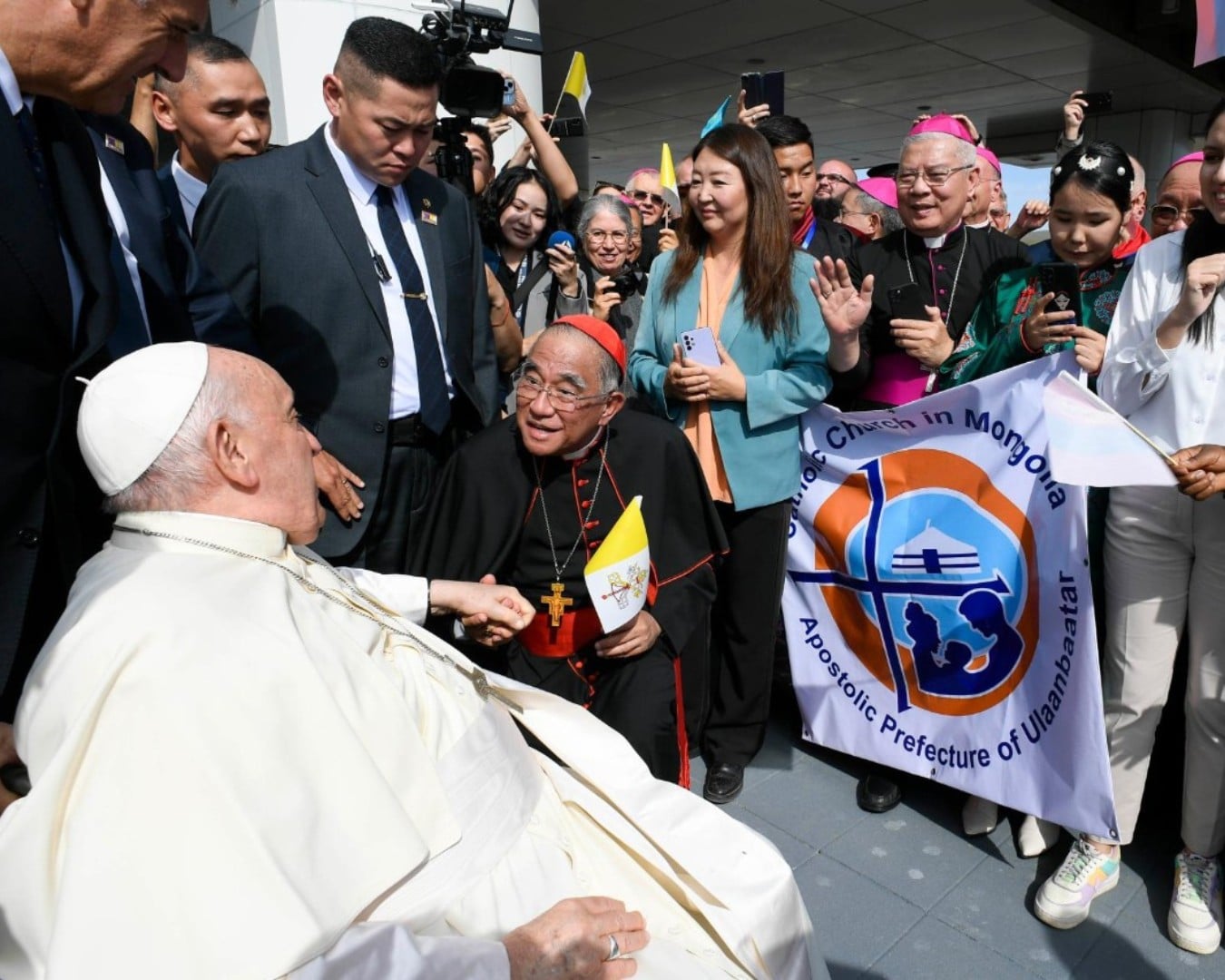 That’s when the Catholic missionaries who had been exiled during the years of communism came back into the country with the task of rebuilding the Church from scratch. Today there are no more than 28 parishes and about 1,500 baptized Catholics. But they are welcome and integrated and appreciated by authorities and by the people also thanks to the many social, health care and educational programmes they run for the poor, the elderly, the disabled, and the abandoned.
That’s when the Catholic missionaries who had been exiled during the years of communism came back into the country with the task of rebuilding the Church from scratch. Today there are no more than 28 parishes and about 1,500 baptized Catholics. But they are welcome and integrated and appreciated by authorities and by the people also thanks to the many social, health care and educational programmes they run for the poor, the elderly, the disabled, and the abandoned.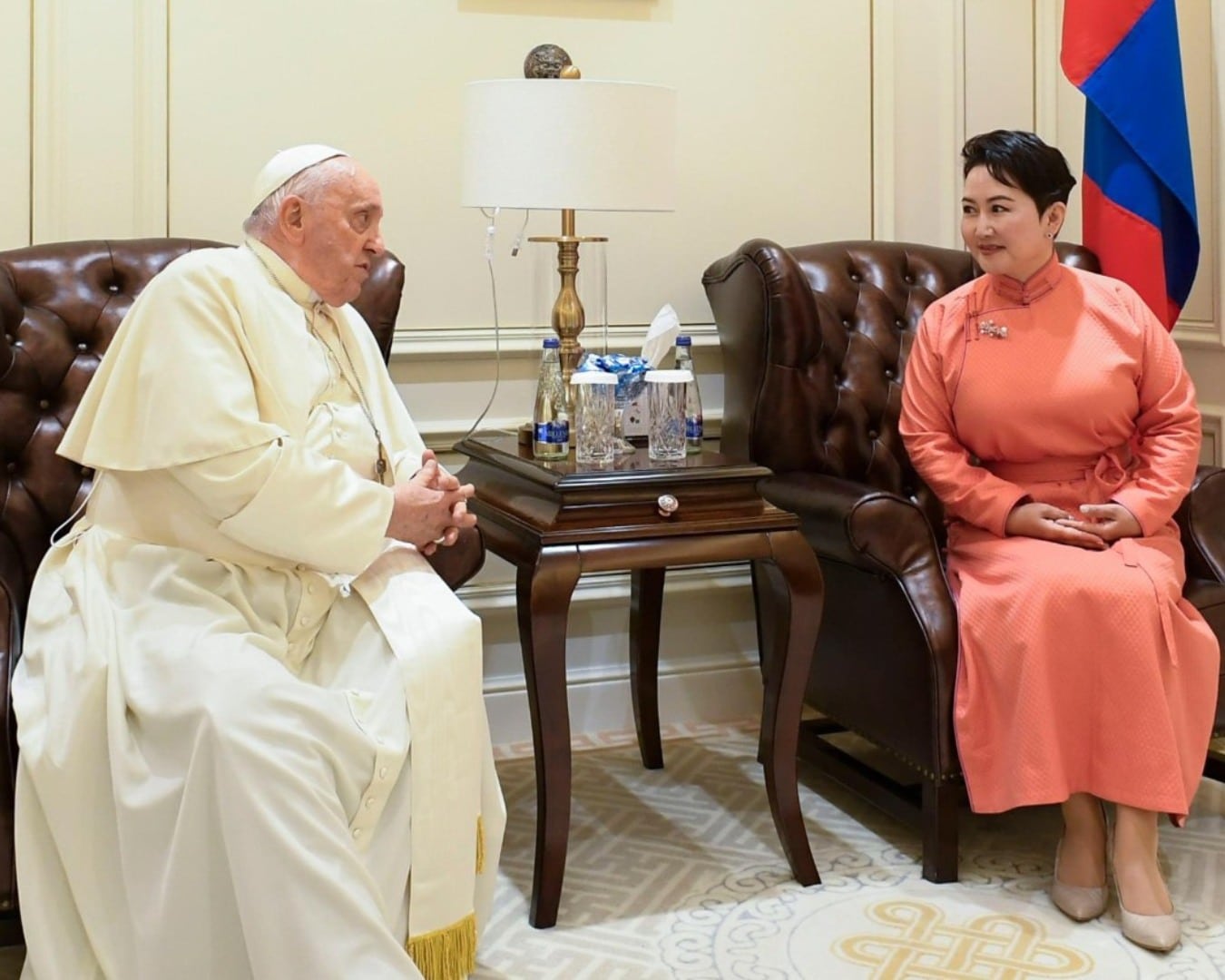 Despite their commitment to social services, the missionaries – many of whom have worked in the country for years and learned the language – receive only short-term visas and have to go abroad every three months without knowing whether they will be allowed to come back. For every single (expensive) missionary visa, the government requests the missionaries employ five local people.
Despite their commitment to social services, the missionaries – many of whom have worked in the country for years and learned the language – receive only short-term visas and have to go abroad every three months without knowing whether they will be allowed to come back. For every single (expensive) missionary visa, the government requests the missionaries employ five local people.